The Photosculptural Hypothesis
 3-2-1- A whistle blows and 24 shutters go “click”. Again, with a different model, head help up straight and still by a support.
3-2-1- A whistle blows and 24 shutters go “click”. Again, with a different model, head help up straight and still by a support.
3-2-1 the whistle blows. Click-click-click-click…
It’s image making but not just photography – instead, it provides an alternative route for histories of media; instead of a preference for the centrality of the seriality of the moving image, try starting from the cybernetic. “The cybernetic hypothesis”, as Alex Galloway coined it in his talk at the Winchester Centre for Global Futures that was a kick-starter for the project.
The whistle, the 24 cameras, set around a circular studio, a rotunda on which a stool for the model – an assemblage that connects the early 1860s with the 2012 reconstruction inside which I too sat to be photographed, and to be sculpted from those 24 shots. Originally this was Francois Willeme’s photosculpture, a curious arrangement and a patent from 1860s Paris that defined what Galloway calls one early model for parallel media.
Winchester School of Art Fine Art undergraduate students took up the original blueprints and the idea as their own model for a project led by Ian Dawson and Louisa Minkin and produced a fantastic remake of the Willeme-device. Inspired by Alex Galloway’s talk, and partly framed as a media archaeological project, it presents indeed a very inspiring way to address sculpture, parallel imaging and informational culture. Like so many media archaeological art works, it suggests how you can presence old media ideas – often not very mainstream – in current settings; like taking an alternative viewpoint not only to media art history, but also to current image cultures.
The photosculpture – which indeed as sculptural mediates the imaging into physical three dimensional objects and presents a sort of an archaeology of 3-D digital imaging/modelling – shifts our perceptual coordinates. It forces itself as a rather (in a good way) weird part of the cultures of digital imaging with its historically “out-dated” way of understanding media. That is the beauty of the device and the arrangement; it is a historical and media archaeological exercise in practice-led activity that investigates the conditions of visuality and perhaps even cybernetic culture, as Galloway claims.
“A sculptor and the sun will become collaborators working together to fashion in 48 hours busts or statues of a hitherto unknown fidelity of such great boldness in outline and admirable likeness.” Those were the words of the journalist Henri de Parviel, describing the original piece by Willeme. You can see how it describes the emerging business in quickly produced, sculpted visuality – a bust in “admirable likeness” in no time! The WSA project taps into the way in which visual technologies were starting to be mobilized into consumer products and services, but old media ideas can be cheap R&D too (to use the phrase by Garnet Hertz) for artistic ideas and reappropriations, and engage with the multiple medialities that our media technologies consist of: it’s not only about the photographic visuals, nor just sculpture, nor just a genealogy of the informatics, but a folding of various medialities. Even a single technological assemblage and practice can contain so much, as the project demonstrated. Media are never about single objects, devices or apparata – but a multiplicity of techniques and technologies assembled. Hence, a hands on assembling is itself a process of thinking through this multiplicity of media and arts apparata in order to get a sense of the delicate materialities and techniques which they enable, and how they are themselves enabled.
(For further reference, a film from 1939 from the Pathe archives, with Marcus Adams in his studio demonstrating the photosculpture)






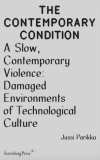




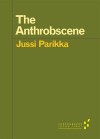
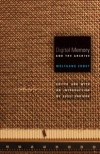
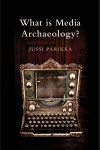

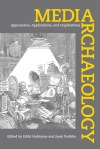

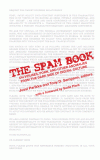

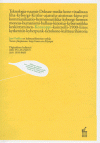
Hello, I´m interested to get a copy of Willeme´s french patent but i cant find anything, can you help me with that?. Thanks in advance
Hi, I don’t know if there is an online patent historical archive for France (unlike the Google one for Willeme too http://www.google.co.uk/patents/US43822) so it might mean a trip to France.Sorry I cannot help you more. /J
It´s ok: Thanks for the Reply. I found something near a french patent.: Description Machines et procedespour lesquels des brevets dínvention. Num 26616/August 14th 1860.